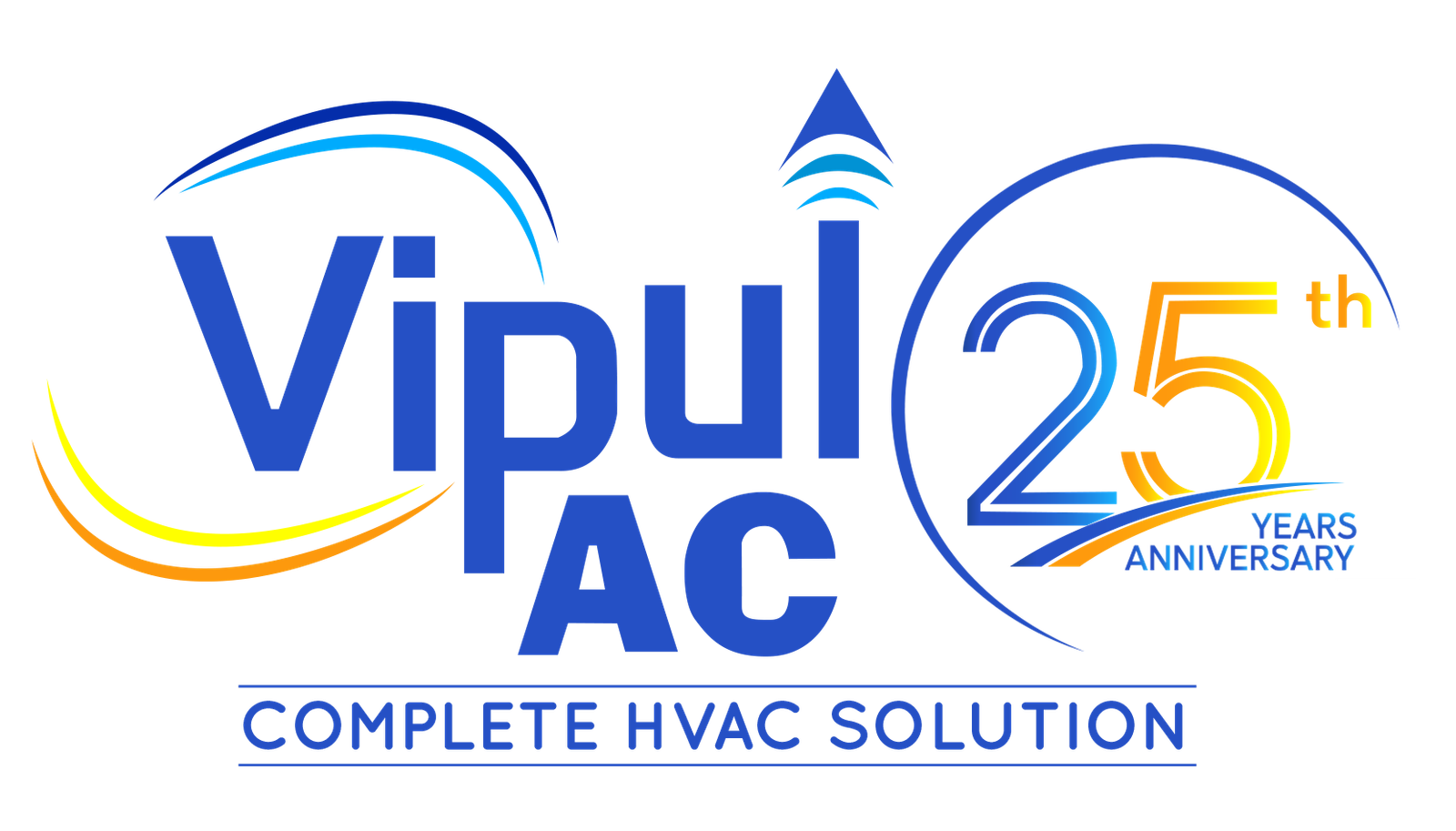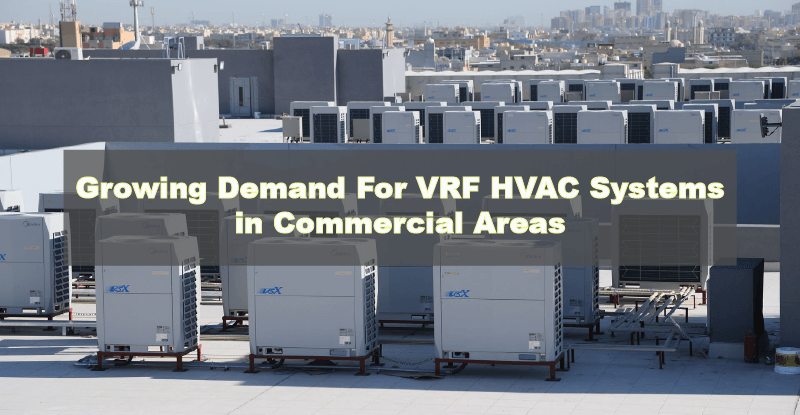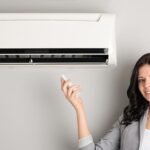HVAC stands for heating, ventilation, and air conditioning. VRF HVAC systems are designed and developed for both homes and businesses. They clean the air and keep you warm and comfortable in the winter and fresh and cool in the summer. HVAC includes a number of additional features that make it more reliable and flexible.
VRF (Variable Refrigerant Flow), a form of HVAC technology, is one of the most advanced air conditioning technologies in recent years. VRF HVAC is known for its excellent energy efficiency and may be used for both cooling and heating. Some versions are even capable of both heating and cooling.
VRF can provide customized temperature comfort for each user by using several devices, each with its own temperature settings. This is one of the major reasons why VRF HVAC systems, particularly in commercial settings, are in high demand.
VRF HVAC System Working Modules
A VRF HVAC system offers improved comfort, flexibility, and energy savings, among other benefits. These technologies’ operation and setup are highly complicated. Inverter-driven compressors are used in VRF HVAC systems to offer strong heating and cooling for all interior and outdoor units. One or more outdoor condensing units are linked to multiple interior units in VRF systems. VRF also allows you to select and choose the type and mix of indoor unit(s) you want to be based on your application and/or aesthetic needs. Variable refrigerant flow, as the name implies, refers to the system’s capacity to regulate the quantity of refrigerant that flows to various interior units. Their design allows for the connection of several indoor units with varying capacity and layouts to the condensing unit (s). This entire setup allows for individual comfort control.
Why should you use a VRF HVAC system?
Space-saving – VRF HVAC systems are the first choice for those who have limited room for installation. VRF HVAC, unlike standard air conditioners, requires less room due to the small individual units that are suited to each location.
Simple Installation – VRF HVAC systems are simple to install because of their versatility and small size. Installing such systems does not necessitate the use of a maintenance room, service shafts, water pumps, distribution fans, or large pipelines for fluid circulation. As a result, they take up less space and are easy to use.
Quiet operation – Because the VRF HVAC System’s condensing units are located outdoors, the indoor work atmosphere stays peaceful and comfortable.
Energy efficiency – One of the most major benefits of VRF HVAC is this. VRF HVAC is an energy-efficient system that provides the exact amount of cooling or heating necessary for a room. As a result, it is considered environmentally friendly.
Less downtime – Because it is designed to run only when needed and can work effectively under partial-load circumstances, a VRF HVAC system experiences reduced wear and tear. As a result, there will be fewer possibilities of the entire system or its components failing.
Heating and cooling zones – The temperature settings can be changed to suit one’s needs. A VRF system may also supply warm or cooled air, depending on the needs of the user. It will provide the essential benefit of localized heating and cooling in this technique.



